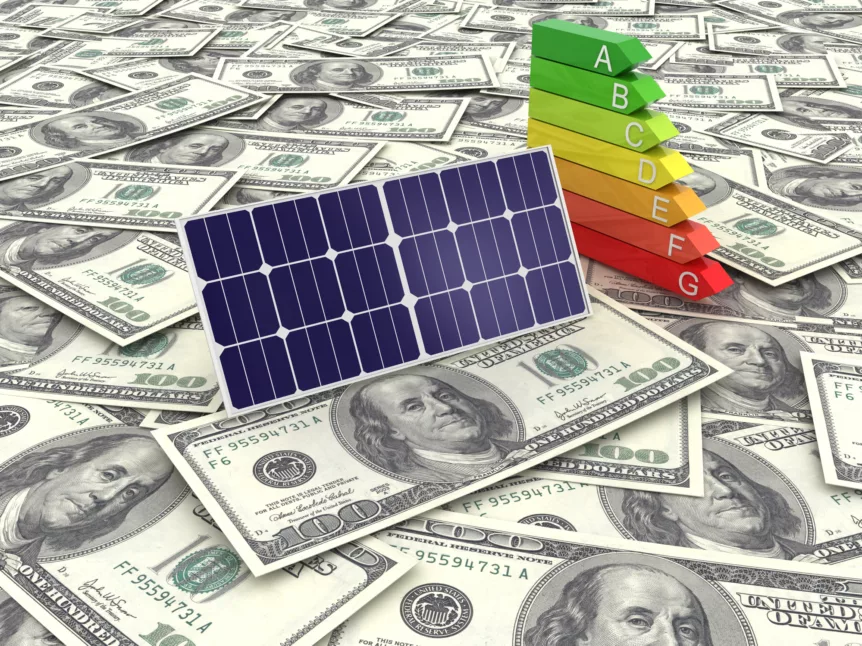Pursuing Green Projects: How Multifamily Affordable Housing Can Benefit from the IRA and BIL
by Ravi Malhotra
National Housing & Rehabilitation Association, February 2023
The Inflation Reduction Act (IRA) and Bipartisan Infrastructure Law (BIL) dramatically expand opportunities for multifamily affordable housing to pursue green projects via cash rebates, tax credits and other incentives. The IRA is by far the largest investment in clean energy we have seen in our lifetime, and a large portion is targeting low-income and thus, multifamily affordable housing. Understanding IRA and BIL regulations is evolving as the Fed issues guidance and legal experts analyze them, but it is certain that these laws represent a once-in-a-lifetime opportunity to add value to multifamily affordable housing properties.
The IRA provided funds for the U.S. Dept. of Energy (DOE) to allocate almost $9 billion to states for the High-Efficiency Electric Home Rebate (HEEHR) and the Home Energy Performance-Based, Whole House Rebates (HOMES) programs. Both HEEHR and HOMES will push for electrification upgrades and provide cash rebates for heat pump HVAC and water heaters. Multifamily affordable housing will qualify for double the rebate that market-rate properties do. These rebates are expected to hit the market in late 2023. The U.S. Department of Housing and Urban Development (HUD) received $1 billion to implement a Green and Resilient Retrofit program, which will provide grants and direct loans for conserving energy and water in HUD-assisted multifamily affordable housing. HUD funds are expected to be released by late Spring 2023. The Environmental Protection Agency (EPA) received $27 billion to award grants to nonprofits, including Housing Finance Agencies and Community Development Financial Institutions, to provide loans for carbon reduction projects, such as green upgrades. EPA will issue Requests for Proposals (RFP) for another $8 billion to states, local governments, community-based organizations and nonprofits for emissions reductions. The EPA is expected to release their RFPs by February 2023, offering the customary six-week application window.
The IRA also significantly expanded existing tax credits. It increased the Solar Investment Tax Credit (ITC) to 30 percent and added bonus credits that could increase the ITC for multifamily projects to 50 percent. Nonprofits can cash these credits with the IRS. The Energy Efficiency (EE) Home Credit (45L) can now provide credits of up to $5,000 for projects that meet the DOE’s Net-Zero Ready requirements. Most importantly, the IRA eliminated the basis reduction for stacking ITC and 45L with Low Income Housing Tax Credits. Bear in mind, some credits are subject to prevailing wage and apprenticeship requirements and if those are not met, the credits drop significantly.
The BIL provided $3.2 billion for weatherization assistance. BIL also made additional clean energy investments that can benefit multifamily affordable housing, including $550 million for the existing EE and Conservation Block Grant program, and $250 million for the new EE Revolving Loan Fund Capitalization Grant program, both of which will help support EE retrofits. Funds are expected to start flowing into communities in late 2023.
Federal agencies provide regular updates. Those wanting to learn more can review the following:
- IRA Guidebook: https://bit.ly/3QBlXob;
- BIL State Fact Sheets: https://bit.ly/3IJtPBZ; and
- Summary of Energy and Climate Policies in the 117th Congress: https://bit.ly/3iuwkxs.

